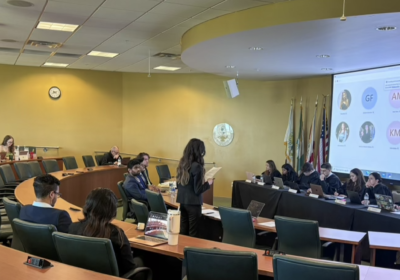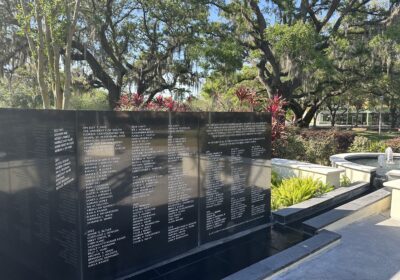Drilling begins in effort to free Chilean miners
SAN JOSE MINE, Chile – An enormous drill began preliminary work Monday on carving a half-mile chimney through solid rock to free the 33 men trapped in a Chilean mine, their ordeal now having equaled the longest known survival in an underground disaster.
The 31-ton drill bored 50 feet into the rock, the first step in the weeklong digging of a “pilot hole” to guide the way for the rescue. Later the drill will be outfitted with larger bits to expand the hole and pull the men through – a process that could take four months.
The men were trapped Aug. 5 in the San Jose mine in Chile’s northern Atacama Desert. Before rescuers dug bore holes to reach them, they survived 17 days without contact with the outside world by rationing a 48-hour supply of food and digging for water in the ground.
Only three miners who survived 25 days trapped in a flooded mine in southern China last year are known to have survived underground as long. Few other rescues have taken more than two weeks.
With Chilean officials saying the men could remain underground for another four months before the rescue hole is completed, the ordeal will be an unprecedented challenge for rescuers, but they have the tools to be successful.
“The drill operators have the best equipment available internationally,” said Dave Feickert, director of KiaOra, a mine safety consulting firm in New Zealand, who has worked extensively with China’s government to improve dangerous mines there.
“This doesn’t mean it will be easy,” he added. “They are likely to run into some technical problems that may slow them down.”
In addition, a union leader has expressed concern for the men’s livelihoods. San Esteban, the company that operates the mine, has said it has no money to pay their wages and absorb lawsuits, and is not even participating in the rescue. State-run mining company Codelco has taken over.
Union leader Evelyn Olmos called on the government to pay the workers’ wages starting in September, plus cover the roughly 100 other people at the mine who are now out of work and 170 more who work elsewhere for San Esteban. Its license has been suspended by the government.
“We want the government to pay our salaries in full until our comrades are freed and then pay our severances,” Olmos said.
Mining Minister Laurence Golborne said the government was prohibited by labor laws from assuming responsibility for the salaries. He said it was up to the mining company and would have to be worked out in Chilean courts.
Golborne noted the extraordinary circumstances of the mine collapse but pointed out there are many other Chileans who lack a job and said the government cannot be responsible for all of them.
Union leaders and others blame the government in part for the San Jose accident because the mine had been cited for safety violations in the past but was allowed to continue operating.
In 2007, executives were charged with involuntary manslaughter in the death of a miner. The worker’s family settled and the mine was closed until it could comply with safety rules, said Sen. Baldo Prokurica, who has long called for tougher regulations.
The next year, the mine reopened even though the company apparently had not complied with all the regulations, he said, adding that the circumstances surrounding the reopening are being investigated.
Workers at the current rescue operation are using the three existing bore holes to deliver food, water, air and medicine to the 33 miners, who are trapped about 2,200 feet underground in a shelter large enough to walk around in.
In an eight-minute video released by the government, the second made by the trapped miners, about a dozen of the men send greetings to their families and say they are feeling better since receiving the sustenance and supplies, including special clothes to keep them dry in the hot, humid mine.






